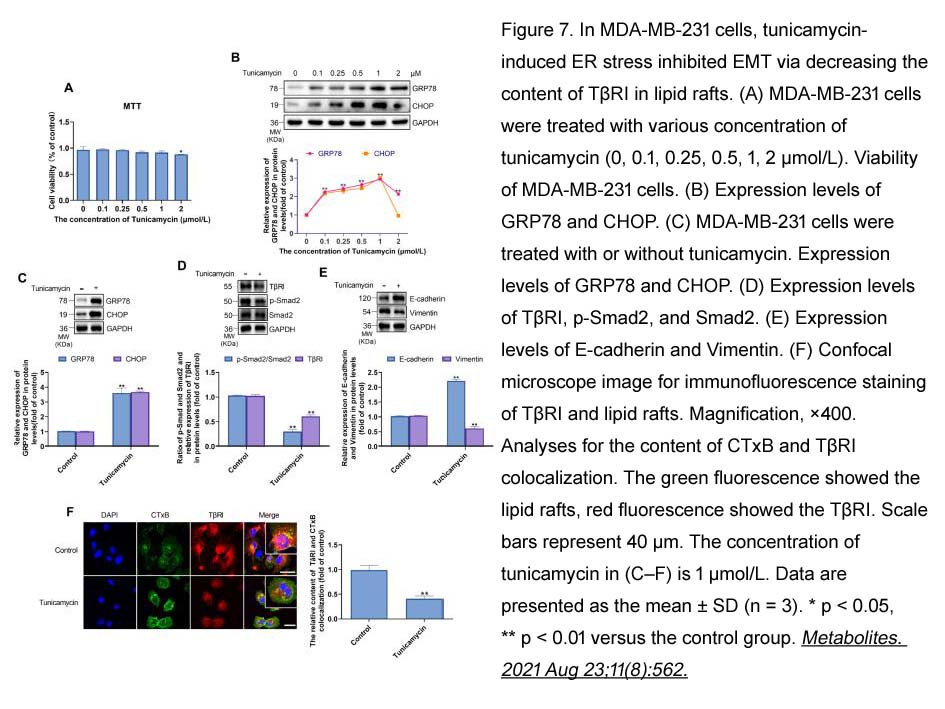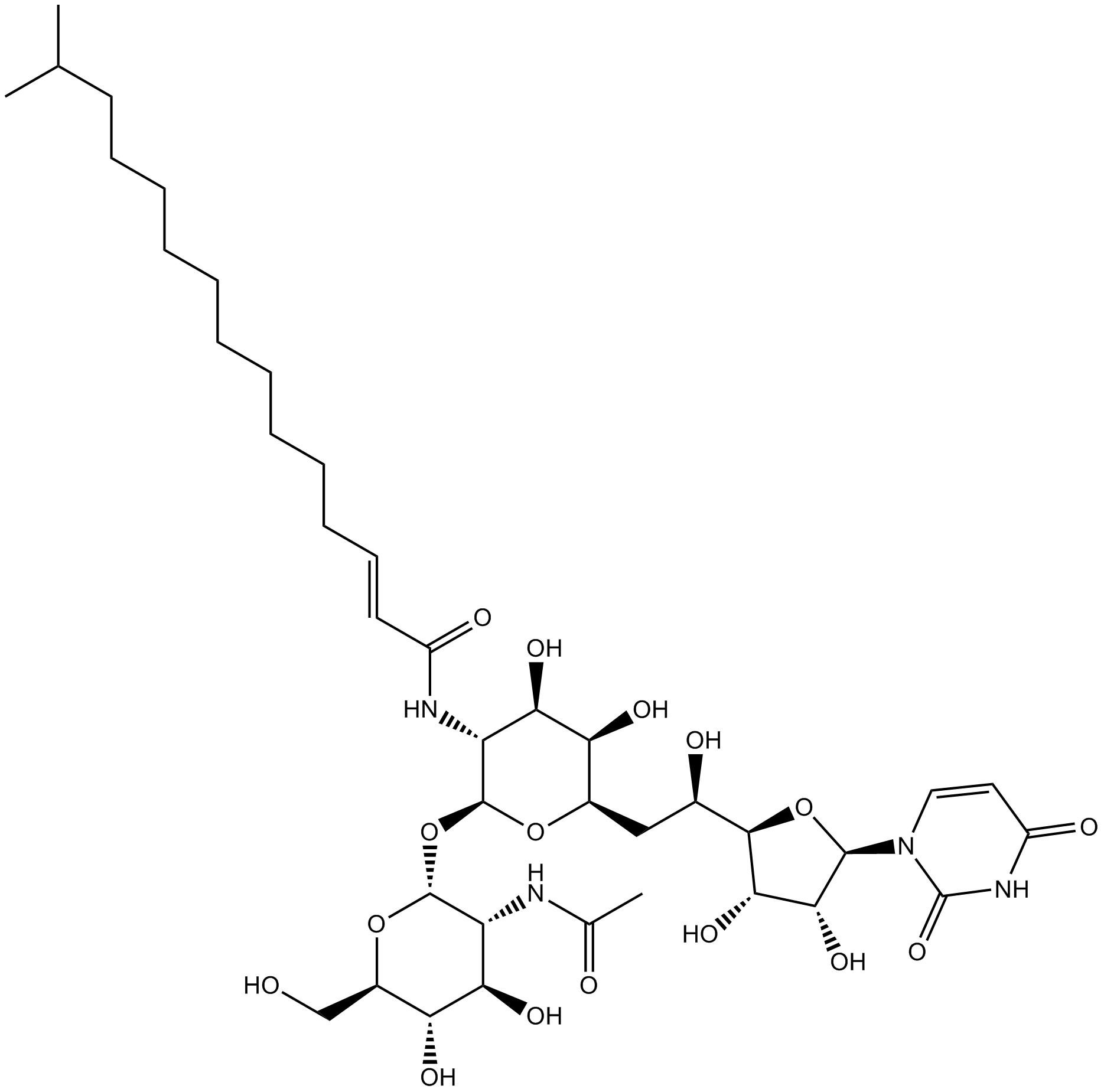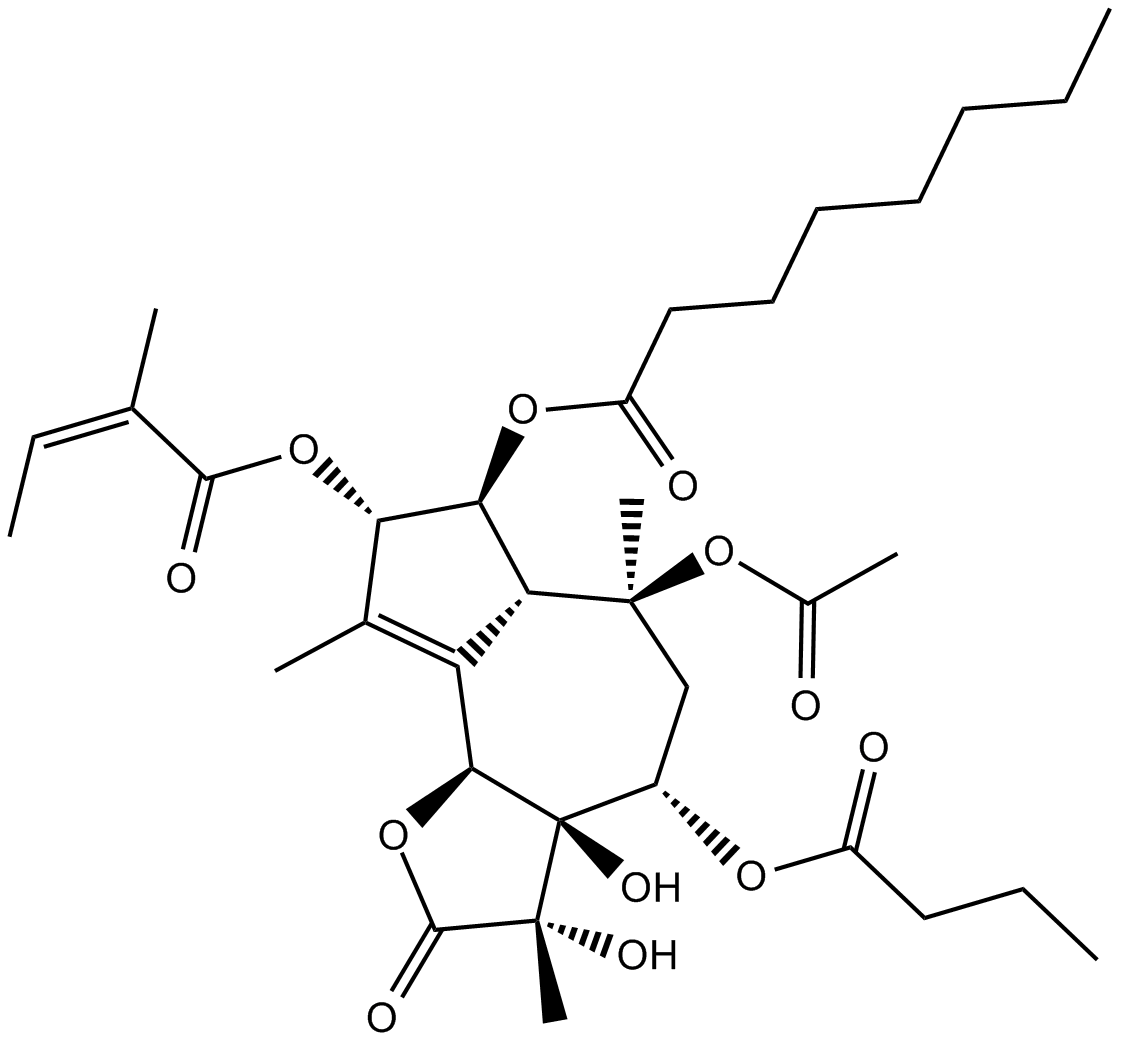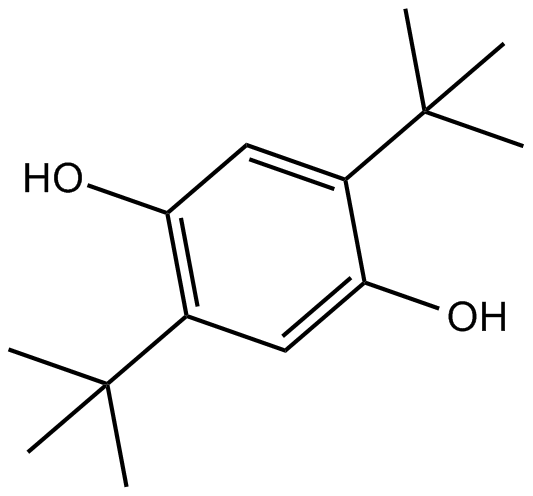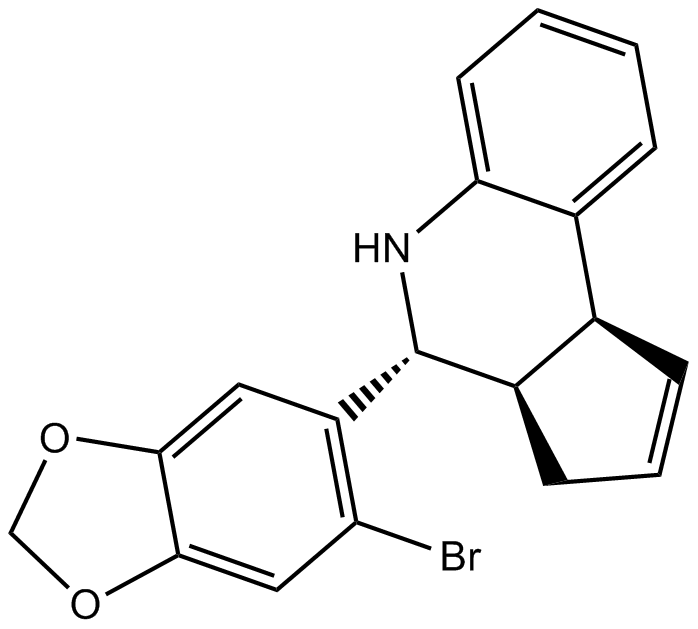Tunicamycin
Tunicamycin (CAS 11089-65-9) is an antibiotic commonly utilized as an inhibitor of protein N-glycosylation. It acts by blocking the initial transfer reaction between UDP-N-acetylglucosamine and polyisoprenol phosphate, thus preventing formation of dolichol pyrophosphate N-acetylglucosamine intermediates essential for N-linked glycoprotein synthesis. This interference induces endoplasmic reticulum (ER) stress within affected cells. Experimentally, tunicamycin effectively suppresses inflammatory responses in RAW264.7 macrophages stimulated by lipopolysaccharide, reducing expression and release of inflammatory mediators such as COX-2 and iNOS. Additionally, it modulates stress-related gene expression in murine intestinal and hepatic tissues, making it valuable for studies of ER stress, glycosylation pathways, and inflammation.
- 1. Cheng‐Cheng Shi, Dong‐Jing Yang, et al. "ATF6 Alleviates Endothelial Inflammation Following Extended Hepatectomy Through Inhibition of TRIM10/NF‐κB Signaling." FASEB J. 2025 Aug 31;39(16):e70933 PMID: 40801087
- 2. Ying Feng, Yucai Geng, et al. "QRICH1, as a key effector of endoplasmic reticulum stress, enhances HBV in promoting HMGB1 translocation and secretion in hepatocytes." Immunobiology. 2025 May 13;230(3):152913 PMID: 40383084
- 3. Lijun Li, Danhua Xu, et al. "SERCA-mediated endoplasmic reticulum stress facilitates hematopoietic stem cell mobilization." Stem Cell Res Ther. 2025 Apr 24;16(1):208 PMID: 40275396
- 4. Shunchang Wang, Dandan Zhu, Jingjing Wu. "Mild activation of the endoplasmic reticulum unfolded protein response conferred cadmium resistance in the nematode Caenorhabditis elegans." Ecotoxicol Environ Saf . 2025 Aug 21:303:118880. PMID: 40845643
- 5. Fang Zhu, Xiangpeng Sheng, Fan Yang. "HAX1 mediates SARS-CoV-2 spike-triggered unfolded protein response in host cells." FEBS J. 2025 Jun 26. doi: 10.1111/febs.70163 PMID: 40568888
- 6. Kaiqiang Hao, Xinran Gao, et al. "A nanomaterial for the delivery of dsRNA as a strategy to alleviate viral infections in maize." Chemical Engineering Journal Volume 488, 15 May 2024, 150923
- 7. Yongzhang Liu, Linhua Lan, et al. "N-glycosylation stabilizes MerTK and promotes hepatocellular carcinoma tumor growth." Redox Biol. 2022 Aug;54:102366 PMID: 35728303
- 8. Jinrui Zhang, Ge Zhang, et al. "Loss of RBMS1 promotes anti-tumor immunity through enabling PD-L1 checkpoint blockade in triple-negative breast cancer." Cell Death Differ. 2022 May 10 PMID: 35538152
- 9. Yiyang Zhao, Linkang He, et al. "2-Hydroxypropyl-β-cyclodextrin Regulates the Epithelial to Mesenchymal Transition in Breast Cancer Cells by Modulating Cholesterol Homeostasis and Endoplasmic Reticulum Stress." Metabolites. 2021 Aug 23;11(8):562 PMID: 34436503
- 10. KE PENG, AIQIN SUN, et al. "Restoration of the ATG5‑dependent autophagy sensitizes DU145 prostate cancer cells to chemotherapeutic drugs." Oncol Lett. 2021 Sep;22(3):638 PMID: 34386060
- 11. Yanan Li, Chaorong Wang, et al. "Discovery of a small molecule inhibitor of cullin neddylation that triggers ER stress to induce autophagy." Acta Pharmaceutica Sinica B. Volume 11, Issue 11, November 2021, Pages 3567-3584 Link
- 12. Peng Wang, Li-Na Jiang, et al. "Estradiol-induced inhibition of endoplasmic reticulum stress normalizes splenic CD4 + T lymphocytes following hemorrhagic shock." Sci Rep. 2021 Apr 5;11(1):7508 PMID: 33820957
- 13. Fei Wu , Rumin Zhang, et al. "(-)-Clausenamide alleviated ER stress and apoptosis induced by OGD/R in primary neuron cultures." Neurol Res. 2020 Sep;42(9):730-738 PMID: 32588767
- 14. Xu H, Liu P, et al. "FKBP9 promotes the malignant behavior of glioblastoma cells and confers resistance to endoplasmic reticulum stress inducers." J Exp Clin Cancer Res. 2020;39(1):44. Published 2020 Feb 28 PMID: 32111229
- 15. Qin W, Wu X, et al. "Suhuang antitussive capsule inhibits NLRP3 inflammasome activation and ameliorates pulmonary dysfunction via suppression of endoplasmic reticulum stress in cough variant asthma." Biomed Pharmacother. 2019 Jul 14;118:109188 PMID: 31315072
- 16. Jia B, Wang Y, et al. "Naringenin ameliorates insulin resistance by modulating endoplasmic reticulum stress in hepatitis C virus-infected liver." Biomed Pharmacother. 2019 Jul;115:108848 PMID: 31039496
- 17. Chou CK, Liu W, et al. "Ethyl Acetate Extract of Scindapsus cf. hederaceus Exerts the Inhibitory Bioactivity on Human Non-Small Cell Lung Cancer Cells through Modulating ER Stress." Int J Mol Sci. 2018 Jun 21;19(7). pii: E1832 PMID: 29933620
| Physical Appearance | A crystalline solid |
| Storage | Store at -20°C |
| M.Wt | 844.95 |
| Cas No. | 11089-65-9 |
| Formula | C39H64N4O16 (tunicamycin C, n=10) |
| Solubility | ≥25 mg/mL in DMSO |
| SDF | Download SDF |
| Shipping Condition | Small Molecules with Blue Ice, Modified Nucleotides with Dry Ice. |
| General tips | We do not recommend long-term storage for the solution, please use it up soon. |
| Cell experiment [1]: | |
|
Cell lines |
RAW264.7 cells |
|
Preparation method |
The solubility of this compound in DMSO is >25 mg/mL. General tips for obtaining a higher concentration: Please warm the tube at 37℃ for 10 minutes and/or shake it in the ultrasonic bath for a while. Stock solution can be stored below -20℃ for several months. |
|
Reacting condition |
48 h, 0.5 μg/mL |
|
Applications |
In RAW264.7 cells, tunicamycin significantly reduced LPS-induced nitrite release/production and attenuated the expression of mRNAs and hence proteins of COX-2 and iNOS. Tunicamycin at a concentration of 0.5 μg/mL did not have any effect on cell survival/proliferation, but at 48 h tunicamycin provided protection against activation-induced macrophage cell death. In a concentration-dependent manner, tunicamycin reduced COX-2 and iNOS protein expression in response to LPS and induced a concurrent increase in 78-kDa glucose-regulated protein (GRP78), an ER (endoplasmic reticulum) chaperone. |
|
Animal models |
C57BL/6J Nrf2 (+/+; wildtype) and C57BL/6J/Nrf2(-/-; knockout) mice |
|
Dosage form |
Oral gavage and only once for 3 h with 2 mg/kg tunicamycin (dissolved in 50% PEG 400 aqueous solution). |
|
Application |
In the small intestine of wild-type mice, expression levels of 1291 probes were elevated or of 1370 probes were suppressed >2 fold by tunicamycin. In the small intestine of Nrf2(-/-) mice, tunicamycin inhibited 2024 probes and induced 3471 probes by >2 fold. Compared with results of small intestine samples, in wild-type mice liver, less well-defined genes were either suppressed (943) or elevated (750) >2 fold by tunicamycin; whereas in Nrf2(-/-) mice liver, 3170 genes were inhibited or 39 well-defined genes were induced. |
|
Other notes |
Please test the solubility of all compounds indoor, and the actual solubility may slightly differ with the theoretical value. This is caused by an experimental system error and it is normal. |
|
References: [1] Song-YiKim, Ji-SunHwang and Inn-OcHan. Tunicamycin inhibits Toll-like receptor-activated inflammation in RAW264.7 cells by suppression of NF-κB and c-Jun activity via a mechanism that is independent of ER-stress and N-glycosylation. European Journal of Pharmacology, 2013, 721: 294-300. [2] Sujit Nair, Changjiang Xu, Guoxiang Shen, et al. Toxicogenomics of Endoplasmic Reticulum stress inducer Tunicamycin in the Small Intestine and Liver of Nrf2 Knockout and C57BL/6J Mice. Toxicol Lett., 2007, 168(1):21-39. |
|
Quality Control & MSDS
- View current batch:
-
Purity ≥ 95% (mixture of congeners)
- COA (Certificate Of Analysis)
- HPLC
- MSDS (Material Safety Data Sheet)
- Datasheet
Chemical structure
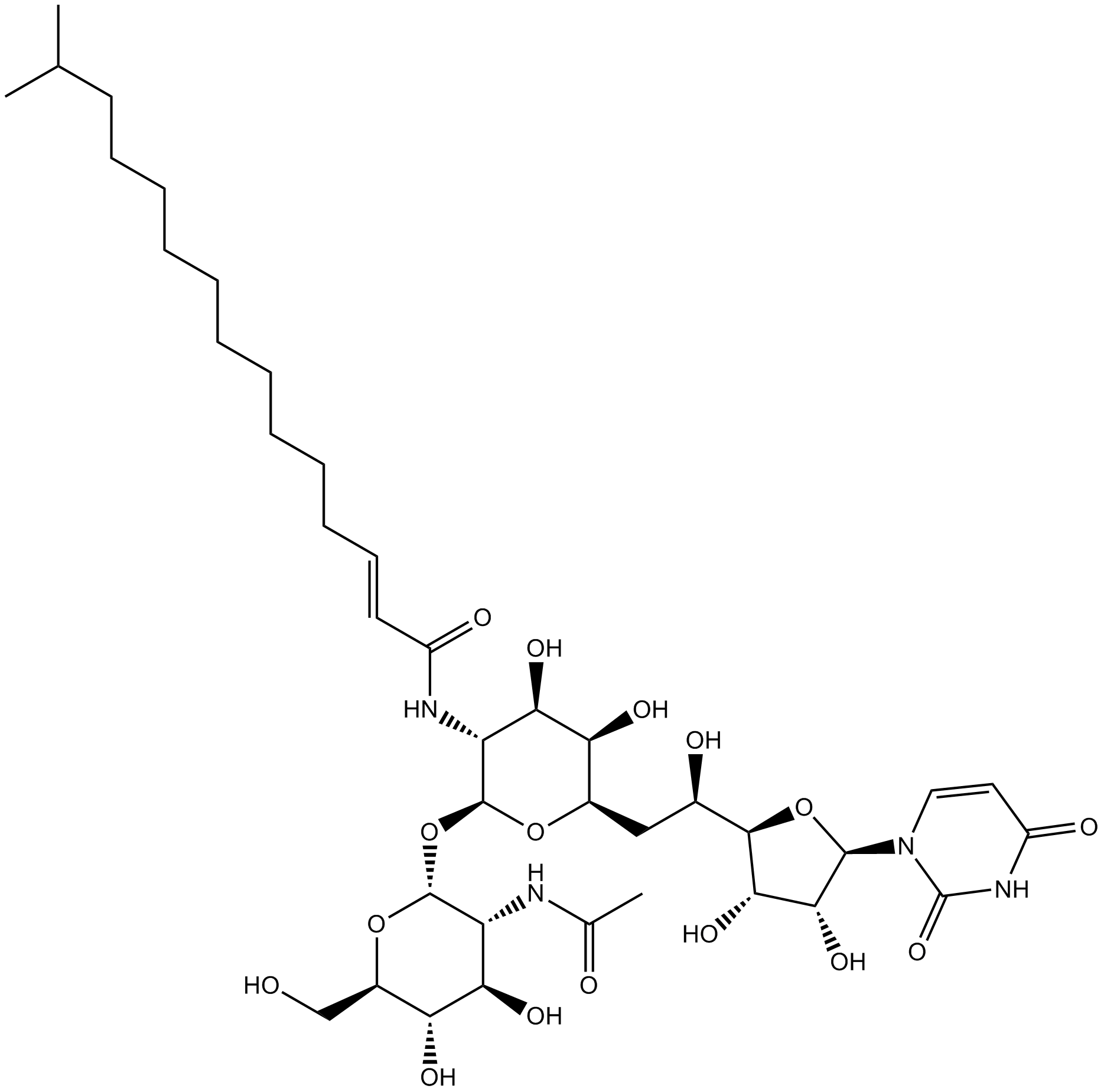
Related Biological Data
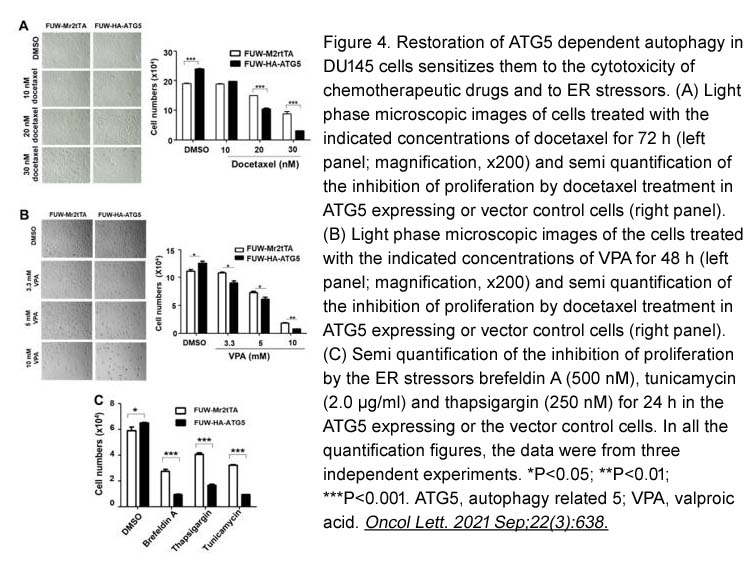
Related Biological Data
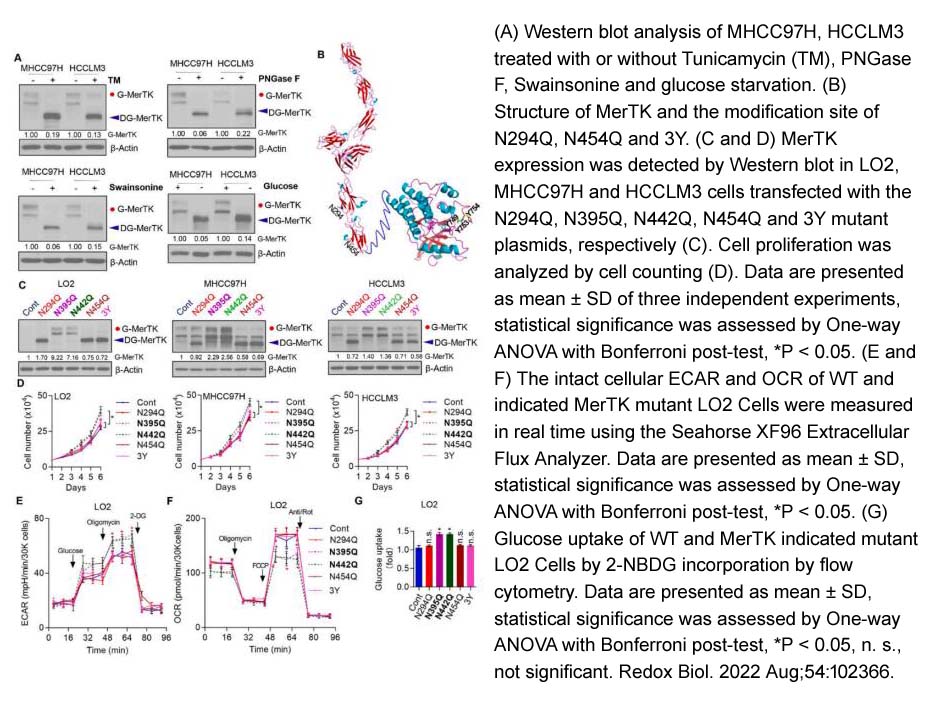
Related Biological Data
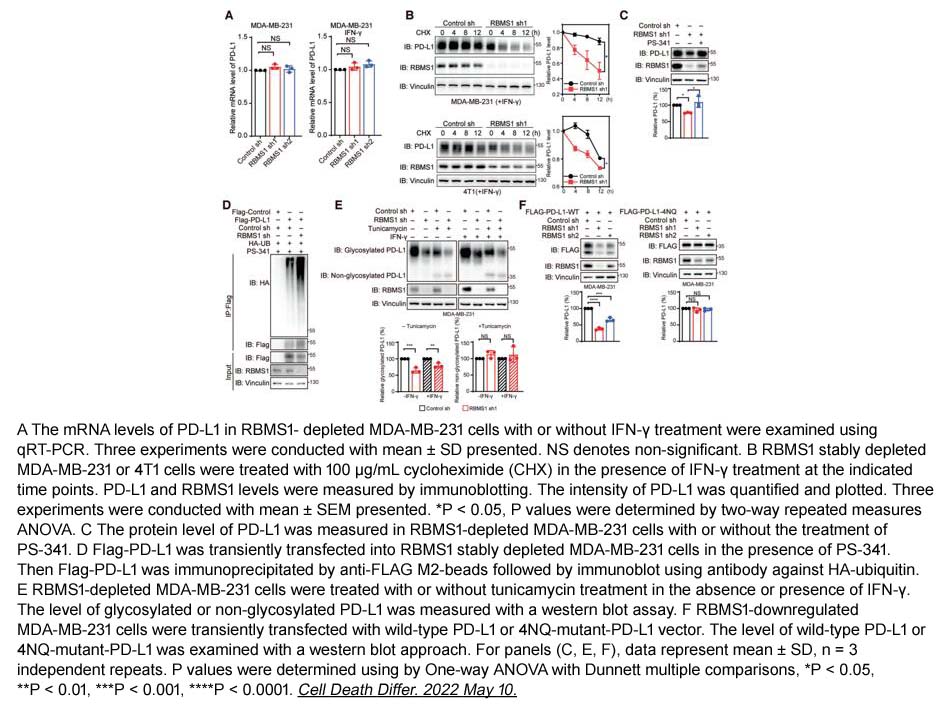
Related Biological Data
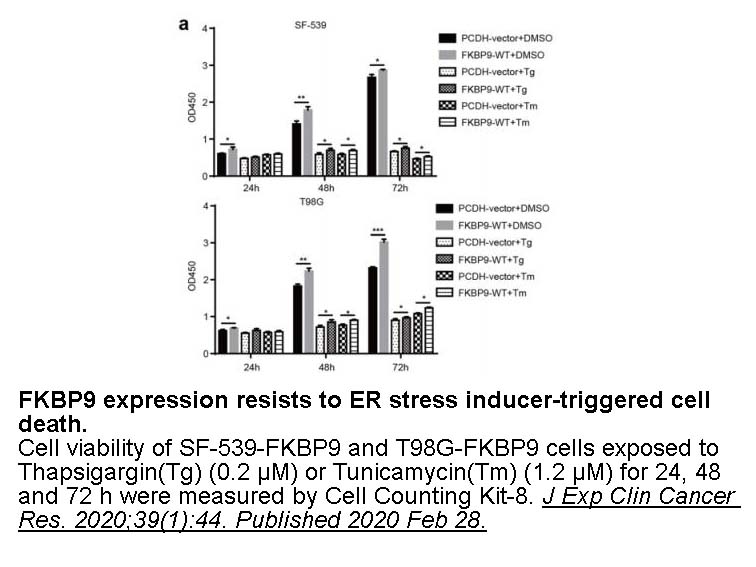
Related Biological Data
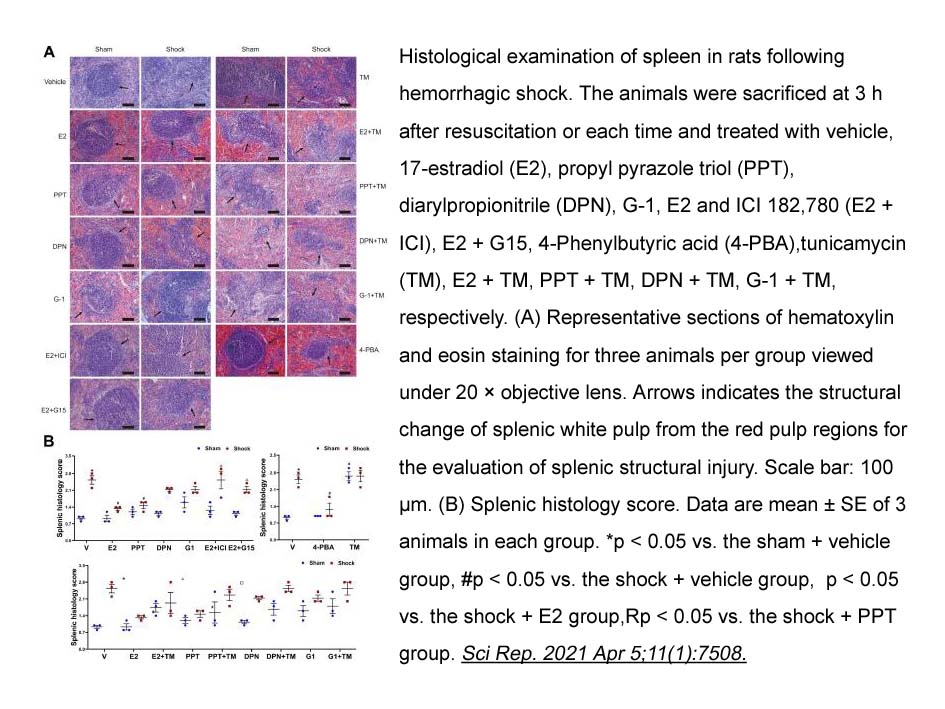
Related Biological Data
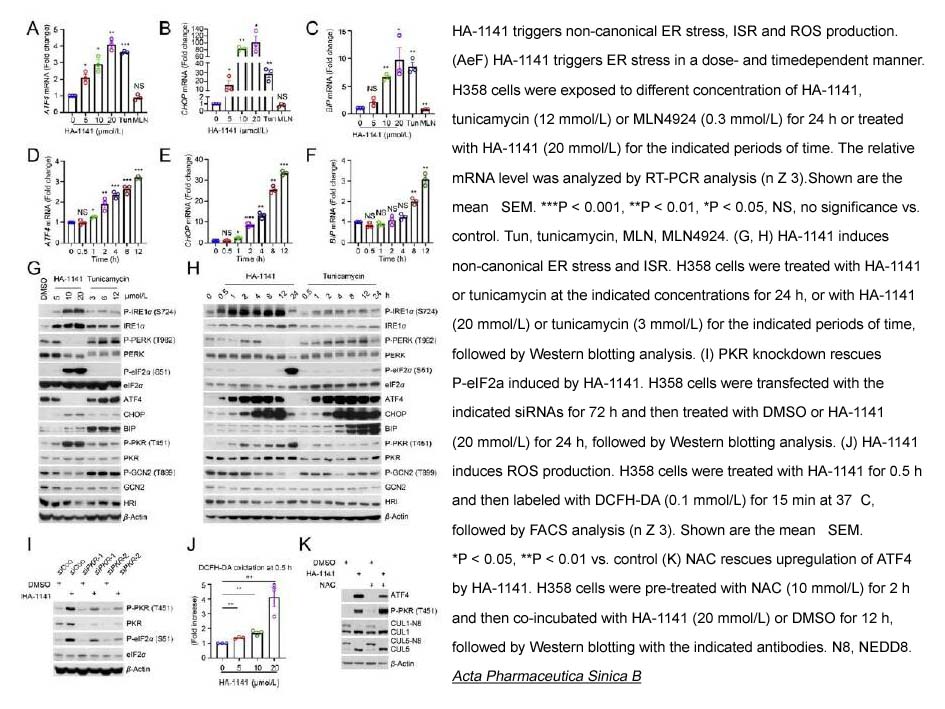
Related Biological Data
